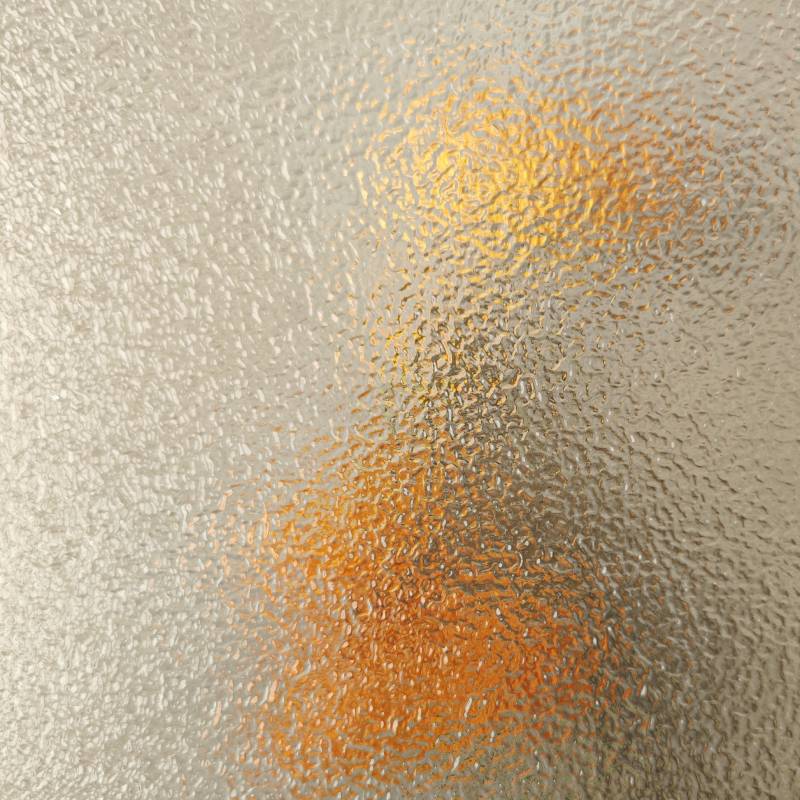

The Art of Decorative Glass Design
Decorative glass design is an ancient art form that has evolved significantly over the centuries, blending creativity, craftsmanship, and technology. From stained glass windows in historic cathedrals to contemporary glass sculptures, this versatile medium has the power to transform spaces, evoke emotions, and tell stories. This article delves into the rich world of decorative glass design, exploring its history, techniques, and contemporary applications.
A Historical Perspective
The use of glass in art dates back to ancient civilizations, where artisans created glass beads and vessels for both functional and ornamental purposes. However, it was during the Roman Empire that glassmaking techniques began to flourish. The introduction of glassblowing revolutionized the craft, allowing artisans to create intricate shapes and forms. By the Middle Ages, stained glass became synonymous with religious architecture, as artisans used vivid colors and intricate designs to depict biblical stories, inviting contemplation and reflection.
As the Renaissance dawned, the art of glass-making continued to evolve. Artists like those in Murano, Italy, became renowned for their exquisite glass designs, employing techniques such as millefiori and filigree. In the 19th century, the advent of industrialization introduced mass production techniques, yet there remained a niche market for handmade decorative glass. Today, the legacy of these traditions continues, inspiring a new generation of glass artists.
Techniques in Decorative Glass Design
Decorative glass design encompasses a wide variety of techniques, each with its unique aesthetic and application
. Some of the most prominent methods include1. Stained Glass This traditional technique involves assembling colorful pieces of glass into a cohesive design, typically fastened with lead came. Stained glass is most commonly associated with windows and religious artifacts, but modern artists have expanded its use into interior decor and standalone artworks.
2. Fused Glass In this technique, glass pieces are layered and heated in a kiln until they fuse together. The process allows for intricate designs, textures, and colors, resulting in unique pieces such as jewelry, plates, and decorative panels.

3. Blown Glass A craft perfected over centuries, blown glass creates hollow forms through a technique where molten glass is blown into shape by the artisan. This method results in stunning vases, bowls, and sculptures that showcase both skill and artistry.
4. Etching and Engraving This technique involves carving intricate designs onto the surface of glass, often using acid or abrasive materials. The finished product can range from simple patterns to detailed illustrations, making it a beloved method for both functional pieces and decorative art.
5. Sandblasting This method uses high-pressure air to propel sand particles onto the glass surface, creating a frosted effect. Sandblasting is popular for creating custom designs on glassware and architectural features.
Contemporary Applications
Today, decorative glass design is a dynamic field that bridges traditional craftsmanship with modern innovation. Designers and artists are experimenting with new technologies, such as 3D printing and digital design, to push the boundaries of what glass can achieve. Additionally, the integration of decorative glass into architecture has become a hallmark of contemporary design, with glass walls, artworks, and installations providing both aesthetic appeal and functional benefits, such as natural light and energy efficiency.
Furthermore, glass art has found its place in galleries and exhibitions worldwide, where artists showcase their work to an increasingly appreciative audience. The fusion of glass with other materials—like metal and wood—has also gained traction, allowing for multidimensional installations that captivate viewers.
Conclusion
The world of decorative glass design is as diverse as it is rich in history. It encapsulates the journey of human creativity, from ancient artisans to contemporary designers. As techniques evolve and new technologies emerge, the potential for innovation in glass design continues to expand, ensuring that this captivating art form remains relevant and inspiring for generations to come. Whether viewed through the lens of tradition or modernity, decorative glass design is not just about aesthetics; it is a celebration of artistry and human expression.